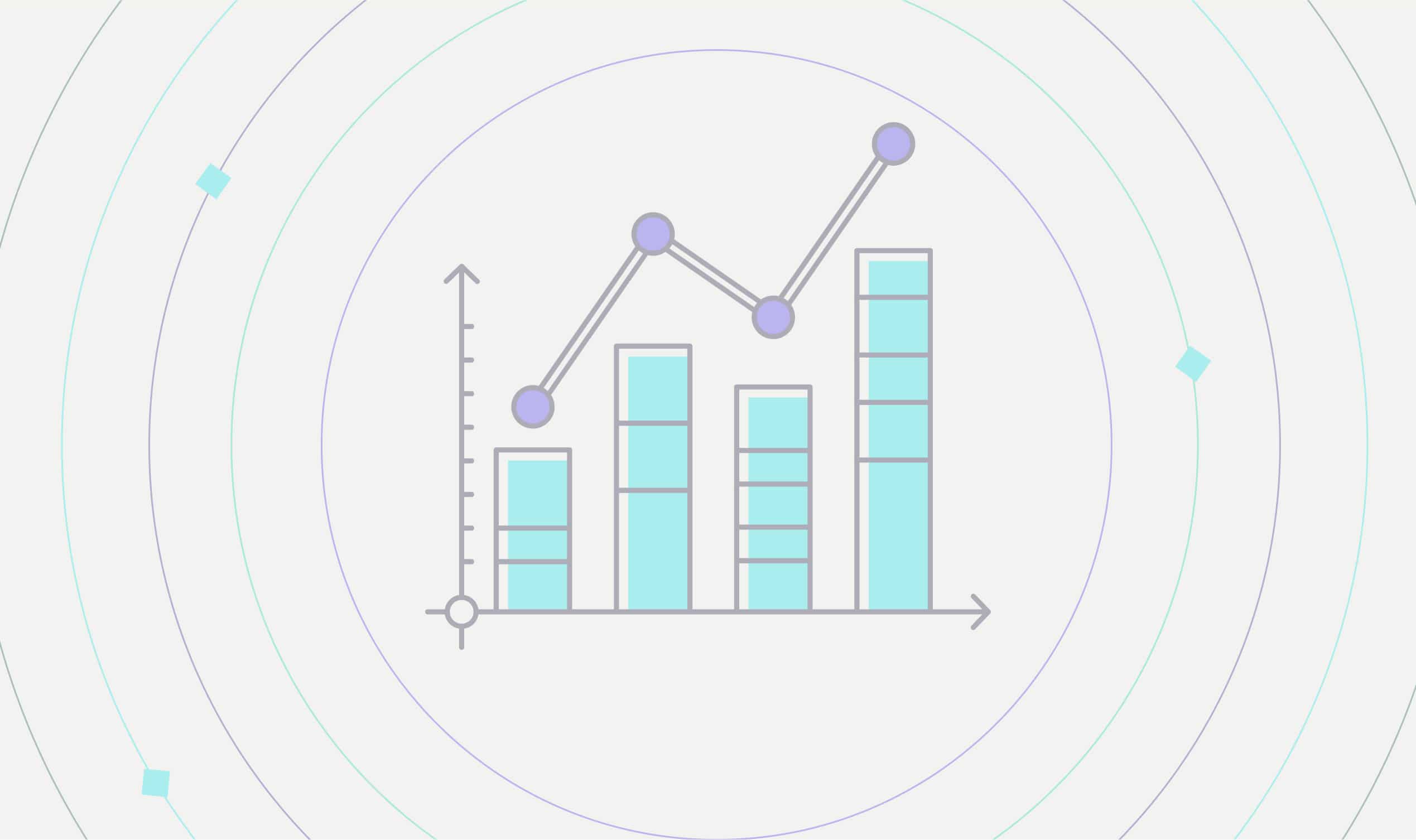How to make the most of your data in a post-Google Universal Analytics world
When it comes to GA4, there are three types of marketers: those who are excited and have used it for years (like the data nerds at LaFleur), those who set up a GA4 property but believe it is a necessary evil, and those who didn’t do anything with GA4 until the official switch on July 1.
GA4 is an improved analytics platform that can deepen your insights and improve your marketing. And if you didn’t take the necessary steps to switch to GA4, Universal Analytics (UA) stopped tracking your data on July 1. However, you can still activate GA4 to start tracking your data again.
We’ve been working in GA4 for nearly two years and know that its advantages far outweigh the seeming complexity of switching to GA4.
This blog explains what the switch means for you and will deepen your understanding of the benefits of data analysis.
Need help setting up your Google Analytics 4 dashboard? Contact us here.
Why did Google change from UA to GA4?
Since 2012, many businesses have used Universal Analytics to help their business grow and thrive. For 11 years, it was an essential tool for collecting data about who visits your website, how they interact with it, and your campaigns’ performance.
Many of us were comfortable with UA, but UA could not keep up with our increased use of artificial intelligence, the need for better data privacy, and consumers’ increasingly multi-device journeys. Marketers needed a more advanced platform.
Google responded to this need with GA4, which offers more flexibility, better data privacy, and enables more robust cross-device and cross-platform tracking.
What does GA4 mean for your business?
GA4 is a powerful tool that can deliver deeper insights and more control over data. Here are some of the platform’s biggest opportunities.
Better metrics can help you understand what interests your audience
UA focused on tracking visitors to your website through cookies and sessions. GA4 has a different data model. So, some metrics and dimensions may not be available or may look different in your analytics dashboard.
For example, many firms tracked Bounce Rate metrics; the percentage of people who visit one page on your website and then exit your site from that same page is considered a bounce. What that metric doesn’t tell you is if they engaged with that page.
In GA4, the bounce rate metric is replaced by engaged sessions. Engaged sessions tell you how many people went to a specific page, what percentage of people were engaging, and what actions they took while on the page. If you customize your engaged sessions, it can tell you who stayed on your site for more than 10 seconds and what actions they took – from how far someone scrolls down a page, to discovering where your website traffic is coming from. This capability, and many others, allow you to better understand what content interests your visitors. Digital analytics experts can help you translate those into actionable insights to deepen relationships or gain qualified leads.
Collecting data and creating custom reports made easier
GA4 uses an event-driven data model, while UA uses a hit-based model to collect data. An event is a specific interaction on a website or app. For example, you can use an event to measure when someone loads a page or clicks a link. An event-based model captures event data in real time, allowing for more accurate insights into visitor behavior.
GA4 also has advanced cross-device and cross-platform tracking capabilities. In an age where we often use multiple devices at the same time, this capability allows you to track interactions across multiple devices and platforms. UA had limited capabilities in this regard.
GA4 also provides machine learning and AI-powered insights to help you gain a deeper understanding of how people use your site and what they prefer.
Compiling all this data may seem like a lot, but the GA4 dashboard is easier to read thanks to its enhanced visualization capabilities. And creating custom reporting is simplified.
Data privacy is a top priority
The transition from UA to GA4 is essential for those who want better data privacy controls. GA4 has improved privacy controls, like data retention periods and data collection restrictions based on user consent—crucial in an era of heightened privacy concerns.
Now, if someone does not want to be tracked, you cannot collect their personalized data. (And that’s a good thing for consumers who are concerned about privacy.) You will be able to see that this person converted on your website, but you will not have access to unique identifier information.
However, there is a downside to these privacy protections. Universal Analytics lets you store user data (like information about users’ ages, genders, and interests) forever. With GA4, you can choose how long user data (like information about users’ age, gender, and interests) is stored. But that time is capped at 14 months.
If you do not have a data warehousing or data protection plan, you will lose user data.
What happened to my UA data?
Your data is valuable. It offers so many essential marketing and business insights:
-
- Where your website traffic is coming from
-
- How different age groups interact with your content
-
- The percentage of people who come to your website and convert
-
- Which pages are the most engaging and which lead to the most conversions
-
- Year-over-year growth trends
Unfortunately, the transition to GA4 poses two risks to your data.
1. Your UA data will be unavailable starting July 1, 2024
Your historical data did not migrate to the new platform. You can still access your historic data on the UA platform until July 1, 2024. But after that time, it will be completely inaccessible—unless you move it to a data warehouse.
2. GA4 won’t keep your data forever
GA4’s data retention policies are a challenge. You can only store data for a maximum of 14 months on the platform. And after 14 months, your user attributes are wiped from the GA servers.
You can, however, migrate your data to your own data warehouse. (And if you have questions about data warehouses or want to learn about how you can view all your UA and GA4 data on a single dashboard, reach out to LaFleur. We can help.)
What should you do now that Google’s made the switch to GA4?
If you are a LaFleur client already, our team has already transitioned you to GA4. We wanted ample time for Google’s machine learning algorithms to start learning about your website visitors. So, we started working with GA4 over a year ago. We should talk about data retention, but you’re in relatively good shape.
If you’re not a LaFleur client and you haven’t moved to GA4, set up your GA4 instance now and learn more about the new platform. Google created a property for you, but you will need to connect this to your website and install the code. (It’s simpler than it sounds. Build the foundation with Google’s step-by-step guide).
Google’s Universal Analytics (UA) stopped collecting data on July 1st, 2023. And time is running out to access and back up your historical data in UA. Consider warehousing your UA data. Unless you preserve your UA data, after July 1, 2024, the data will be gone.
RELATED: How Law Firms Can Improve Processes and Gather Better Data
Don’t lose valuable data insights
As digital marketers, we know that analyzing past data helps us create better strategies for the future.
If you’d like to know more about saving and storing your historical UA data, we have a data warehouse that holds large amounts of data. We can also use that data to help you build interactive dashboards that blend both past UA and current GA4 data, giving you a holistic picture of how people engage with your website. Over time, this helps you make data-driven decisions, personalize web experiences, and more.
If you’d like to learn more about our services and how we can help your business grow, reach out to schedule a time to meet with our team today.





